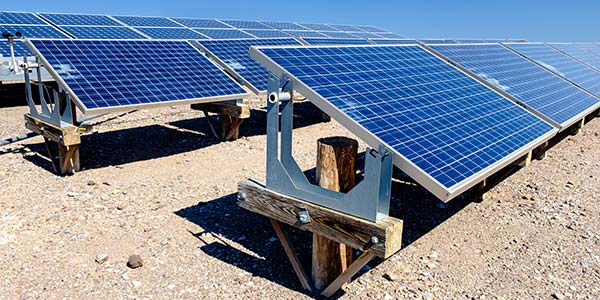Energy Upgrades Fall Far Short of Projected Savings

Schools only see about a quarter of the expected savings following energy efficiency upgrades, according to a new report from the Energy Policy Institute at the University of Chicago (EPIC) and the E2e Project.
The researchers used machine learning to compare energy costs before and after upgrades and found that energy upgrades did lower costs by an average of 3 percent, but they also found that schools only saw 24 percent of the efficiency improvements that were forecast prior to the upgrades. Lighting and heating and cooling upgrades showed the greatest returns relative to forecasts, garnering on average 49 percent and 42 percent, respectively.
"Beyond the potential for greenhouse gas reductions, many energy efficiency investments are projected to pay for themselves by lowering energy bills," according to the researchers. "While school districts across the country invest in energy efficiency upgrades, it's important to note that estimates on the cost savings are overwhelmingly based on imperfect projections, rather than real-world data."
"Accurately measuring energy savings in the field can be challenging," said Mar Reguant, associate professor of economics at Northwestern University and one of the paper's authors, in a prepared statement. "But getting these measurements right is important for cash-strapped school districts who need to optimize their investments so that they get the most benefit from their energy efficiency upgrades."
The researchers also pointed out that many states use energy efficiency upgrades as a tool to address climate change, which might not be the most effective method if the efficiency improvements never actually materialize.
"If society's dependence on energy efficiency is to result in a real impact on climate change, it is essential that energy efficiency projections live up to their expectations, cost effectively creating actual energy savings, and in turn carbon emission reductions," said Christopher Knittel, economics professor at the MIT Sloan School of Management, director of the Center for Energy and Environmental Policy Research and an author on the paper, in a prepared statement.
The researchers used energy data in 15-minute increments from all schools in northern California serviced by Pacific Gas and Electric going back to January 2008, or the first month after a school had a smart meter installed, and controlled for variables such as location.
"Simply comparing a school that invests in a new air conditioner to one that didn't may mask important differences between schools," said Fiona Burlig, report author and a postdoctoral scholar at EPIC, in a prepared statement. "For example, maybe one school is in a major urban center, while the other is in a rural setting."
For more information or to read the full paper, visit epic.uchicago.edu.
About the Author
Joshua Bolkan is contributing editor for Campus Technology, THE Journal and STEAM Universe. He can be reached at [email protected].